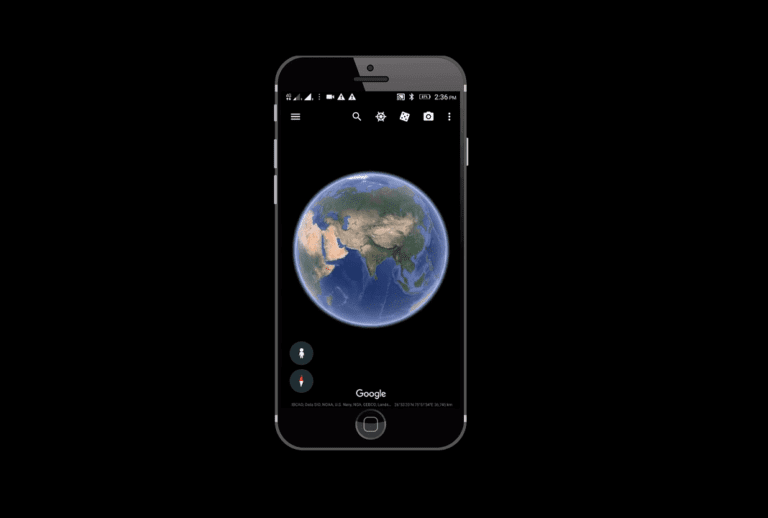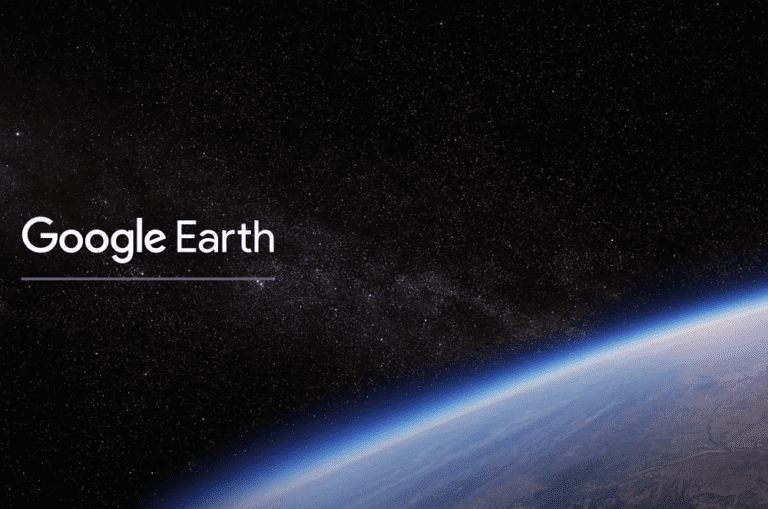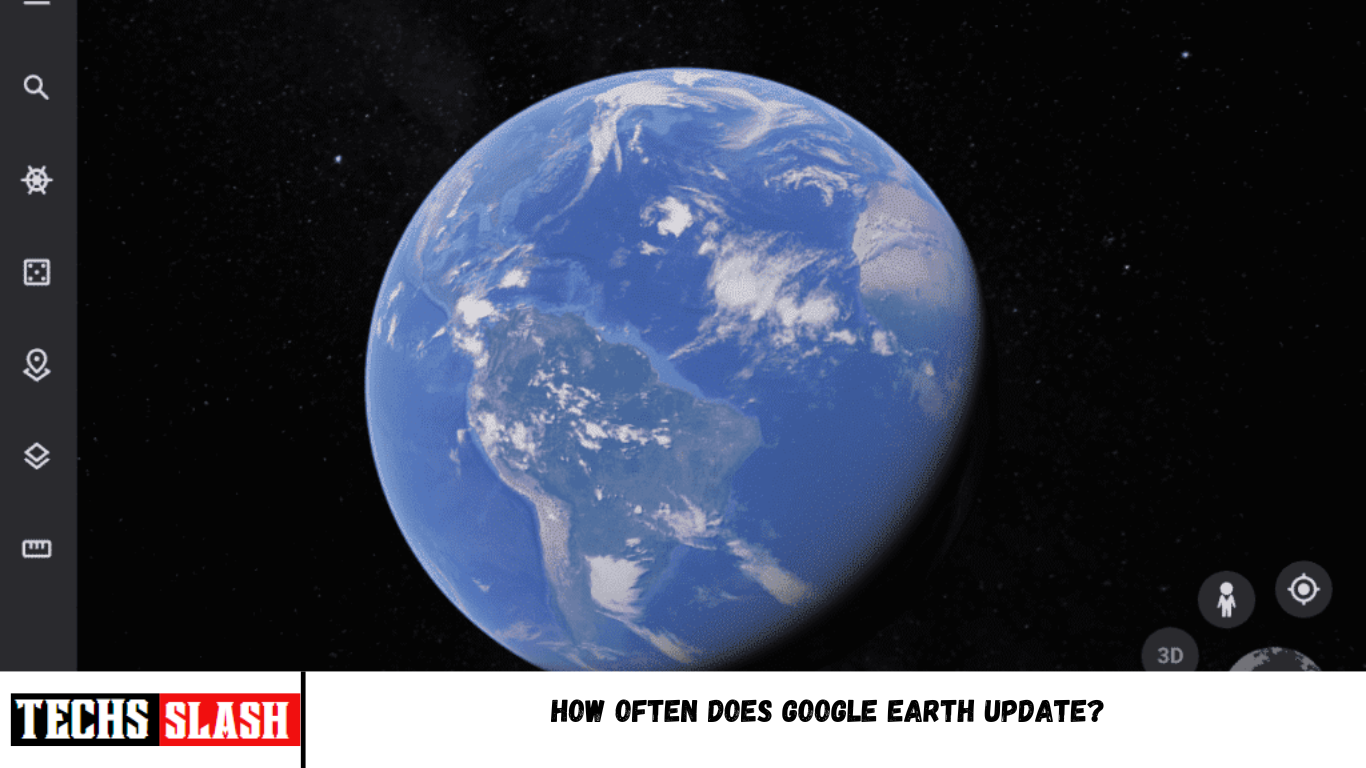The idea behind Google Earth is to provide a geographical browser that combines all the images received from satellites in composite form and binds them to form a 3D model of our planet. Google Earth was formerly known as the Keyhole EarthViewer. In this guide, we will discuss the platform and also explore, how often Google Earth gets updates.
How often does Google Earth Update?
Normally, Google’s satellite image database undergoes constant updates, operating 24 hours a day, 7 days a week. However, it is uncommon to observe real-time changes or updates on a regular basis. There can be a significant delay, spanning months or even years before the satellite images accurately depict the current state of a location.
One thing to keep in mind here is, Google Earth and Google Maps both are very different; one should not interpret the former as the latter. According to the product manager of Google Earth, Gopal Shah, “You find your way through Google Maps, while Google Earth is about getting lost”. It is like your virtual world tour.
Are the images in Google Earth Real-time?
No. Satellites collect the images as they revolve around the Earth over time, and it takes a specific cycle for each Google Earth to manage and update the images. On average, the Google Earth data can approximately be one to three years old at any given point. Google Earth in fact gets frequent updates, but, it can take a long time for the updates to get reflected on the platform.
The updates on Google Earth depend on these factors:
Location & Area
A constant update of urban areas makes more sense than the rural areas. Urban areas are more prone to changes, and that requires Google to cope with the changes. Along with its own satellite, Google also takes pictures from various third-party platforms to speed up its processes. Therefore, more updates on high-density areas speed up drastically.
Time & Money
Google does not own all the resources it needs to outsource certain images. Third parties do not have time to send aerial photos from all over the world; neither do they have money to invest in such projects. You must have noticed that sometimes all you can see is a blurry image when you zoom in too much. These high-resolution images are created by aerial photography, which is not managed by Google. The company buys such images from their original owners.
Security
There are many confidential locations, such as confined military bases that are rarely updated on Google Earth due to obvious security reasons. Some of these areas have been blacked out on the platform.

Why Aren’t the Updates Continuous?
Although small changes are updated regularly on Google Earth, it can be difficult to keep up with such a large information. As already mentioned Google does not obtain all the images from its own sources; it relies on several providers, Considering all the factors, it will require a whole lot of investment and time to update continuously.
What Specifically Does Google Earth Update?
From small changes in traffic trends to new land formations due to a volcano eruption, there can be a wide range of changes with an update. Since Google Earth contains a vast database of the physical landscape of Earth, it can be challenging to spot the differences for each new update. But, the software has made it easy for everyone, with every new update, Google releases a KML file, which comprises updated regions and helps the viewer identify the changes. The KML file marks the updated regions with red.

How Do You Contribute Photos to Google Earth?
Although Google does not entertain requests to update images on Google Earth. However, users have some other options that can be helpful to them, Google allows users to participate in creating street view imagery with tools such as Insta360 Pro 2, GoPro Max, Insta360 Titan, Labpano Piolet Era, Insta 360 One X2, Ricoh Theta X, Insta360 ONE RS 1-Inch 360, and Insta 360 X3. Users can also upload their own images to update their personal properties on Google Maps
Google Earth is a great way of learning and exploring the surprising landscapes of our great planet. Although Google Earth updates are inconsistent, there still is a lot of data to look at and make the best of your time on the platform. Let us know how you like to spend your time on Google Earth. If you have any queries or suggestions, please let us know in the comment section.
